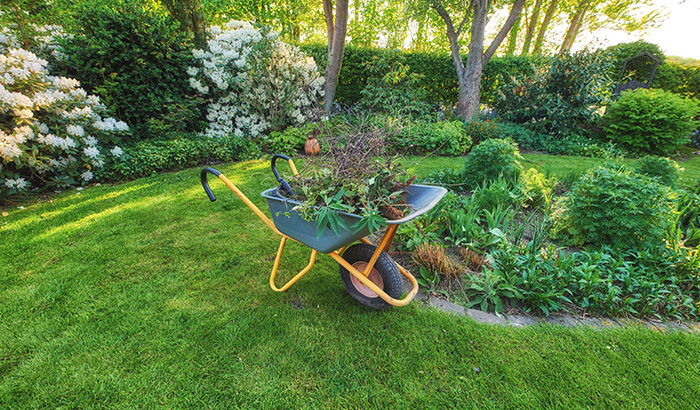A lush, vibrant lawn isn’t just a summertime luxury—it’s a year-round commitment. By adapting your Lawn Irrigation routine to the changing seasons, you can ensure that your yard remains healthy and beautiful throughout the year. From spring rejuvenation to winter preparation, here’s how to maintain a stunning lawn in every season:
Spring: Rejuvenation and Growth
- Clean Up: Start the season by removing any debris, fallen leaves, and winter Lawn Irrigation coverings such as mulch or protective tarps. Raking helps promote airflow and prevents fungal diseases.
- Aeration: Core aeration relieves soil compaction and allows water, air, and nutrients to penetrate deep into the root zone. Schedule aeration in early spring to kickstart the lawn’s growth.
- Overseeding: Fill in thin or bare areas by overseeding with high-quality grass seed. Choose a seed blend suited to your climate and lawn conditions, and apply it after aerating for optimal seed-to-soil contact.
- Fertilization: Apply a balanced fertilizer to provide essential nutrients for spring growth. Look for a fertilizer with a higher nitrogen content to encourage lush, green foliage.
- Weed Control: Prevent weeds from taking over by applying a pre-emergent herbicide early in the season to inhibit weed seed germination. Follow up with spot treatments for any existing weeds.
Summer: Maintenance and Vigilance
- Watering: Deep, infrequent watering is essential during hot summer months. Water your lawn early in the morning to minimize evaporation and reduce the risk of fungal diseases.
- Mowing: Adjust your mower height to leave grass blades longer in summer to help shade the soil and retain moisture. Follow the one-third rule—never remove more than one-third of the grass blade in a single mowing.
- Weed Control: Stay vigilant against weeds and hand pull any that appear. Avoid using herbicides in extreme heat, as they can stress the grass and increase the risk of damage.
- Pest Management: Keep an eye out for signs of lawn pests such as grubs, chinch bugs, or armyworms. Treat infestations promptly to prevent widespread damage.
Fall: Preparation for Winter
- Aeration: Give your lawn one last aerating session in the fall to prepare it for winter dormancy. This helps improve root growth and nutrient uptake during the dormant season.
- Overseeding: Take advantage of cooler temperatures and ample rainfall to overseed any thin or bare spots in your lawn. Fall overseeding helps establish strong grass roots for the following year.
- Fertilization: Apply a fall fertilizer with a higher phosphorus and potassium content to promote root growth and winter hardiness. This helps your lawn withstand cold temperatures and rebound quickly in the spring.
- Leaf Management: Keep fallen leaves raked or mulched to prevent them from smothering the grass. Mulching leaves with a mower shreds them into small pieces that decompose quickly and enrich the soil.
Winter: Protection and Planning
- Snow Removal: Remove heavy snow from your lawn to prevent it from smothering the grass and causing snow mold. Use a snow shovel or snow blower to clear pathways and driveways.
- Minimal Traffic: Minimize foot traffic on frozen or snow-covered lawns to prevent compaction and damage to dormant grass.
- Tool Maintenance: Take advantage of the slower pace of winter to clean and sharpen your Lawn Irrigation tools, such as mower blades and trimmers, in preparation for the upcoming spring season.
By following these seasonal Lawn Irrigation tips, you can maintain a healthy, beautiful yard year-round. With proper care and attention, your lawn will be the envy of the neighborhood in every season.
